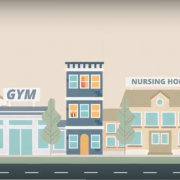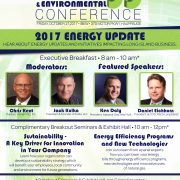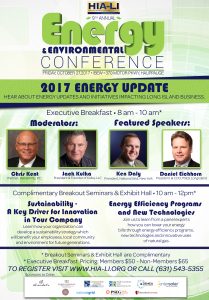What is Integrated Life-Cycle Management?
What is Integrated Life-cycle management (ILCM)?
Let’s break this down a bit. Life-cycle means over the entire cycle of life. Such as a person starting out as a baby in a cradle and ending in the eventual death in a grave – That’s the “cradle-to-grave” life-cycle for a person. Now if we talk about the ongoing human cycle of life, I’d have to refer you to Disney’s The Lion King ‘circle of life’ song; someone through birth takes our place upon our demise, or in the case of say equipment in a facility, if a piece of equipment is retired and replaced with a new piece of equipment then that’s essentially a ‘circle of life’. The life-cycle definition includes the circle of life of ongoing equipment repair and replacements for a specific ongoing need of use with in a facility.
Life-cycle “Management” is the management of this life-cycle of say equipment by a manager who needs to understand the life experiences of this equipment to figure out how best to manage its ongoing health and productive use or replacement by buying new equipment. As an example, if a pump was showing signs of wear or vibration from what was seen in the past years, the manager would consider how to extend the pumps life through repair and replacement of some worn parts in the pump, or would consider a new pump that could be more efficient and thus improve productivity and profits.
So, to complete the definition, what is ‘Integrated’ in this phrase ‘integration life-cycle management’? Integrated means managing not only the life-cycle of the equipment, but managing and utilizing the data and information about the equipment as it relates to the facility. There are software systems that help in the management of this ongoing circle of life of data and information to enable a manager to efficiently manage the ongoing health and eventual replacement of equipment in this circle of ongoing facility life (Life-cycle for short).
These software systems are typically silo’ed information and control systems used at various stages of a facility’s life from cradle-to-grave, if you will. What was once a simple drawing design system for printouts of construction drawings is now becoming quite sophisticated in enabling 3D Virtual Design and Construction with highly detailed Building Information Modeling for use in the logistical supply of specific equipment and the construction activities needed to build a facility.
In addition, the same information from construction can now be leveraged in Facility Management solutions to continuously manage not only the facility and its equipment, but the ongoing data and information about the facility that changes over the life of the facility. If a software system can integrate this intensive amount of data and information from these various disparate systems mentioned about, over the life of managing the facility, managers can better manage the facility from cradle-to-grave, and you have integrated life-cycle management.




